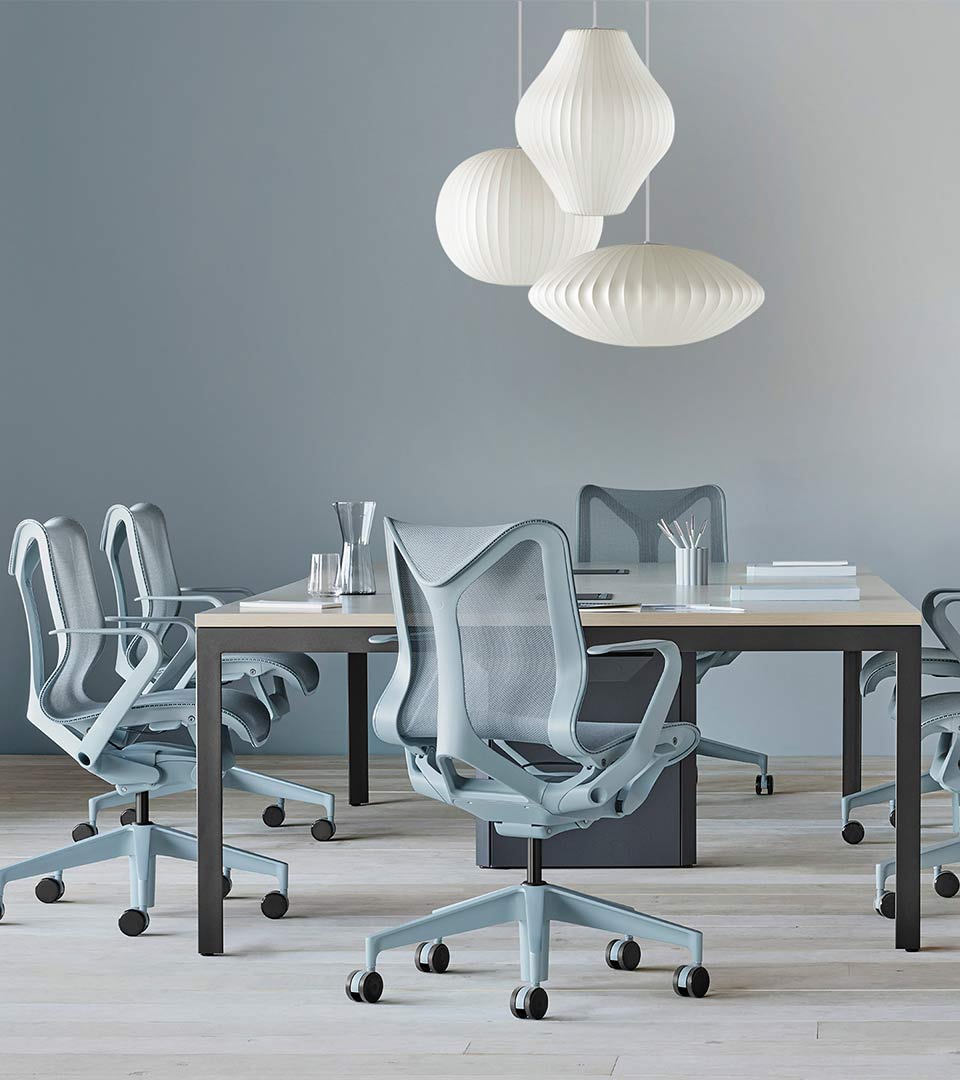The method behind the madness, the story behind Memphis Milano. Using plastic laminates with patterns that simulate precious materials, but most of all it introduced the pleasure of play into the rational language of industrial production.
It’s the evening of December 11, 1980. A group of young designers and architects has gathered in Ettore Sottsass’s living room. The record ‘Stuck Inside of Mobile with the Memphis Blues Again’ by Bob Dylan plays repeatedly: thus, Memphis was born, with a two-fold reference to the ancient capital of the Egyptian pharaohs and the birthplace of Aretha Franklin and Elvis Presley in Tennessee. A few days later, a revolutionary collection of design objects was discussed and outlined, one which was to take shape over a few months in the drawings of Ettore Sottsass, Aldo Cibic, Matteo Thun, Marco Zanini, Martine Bedin, Michele De Lucchi, Nathalie Du Pasquier, and George Sowden.
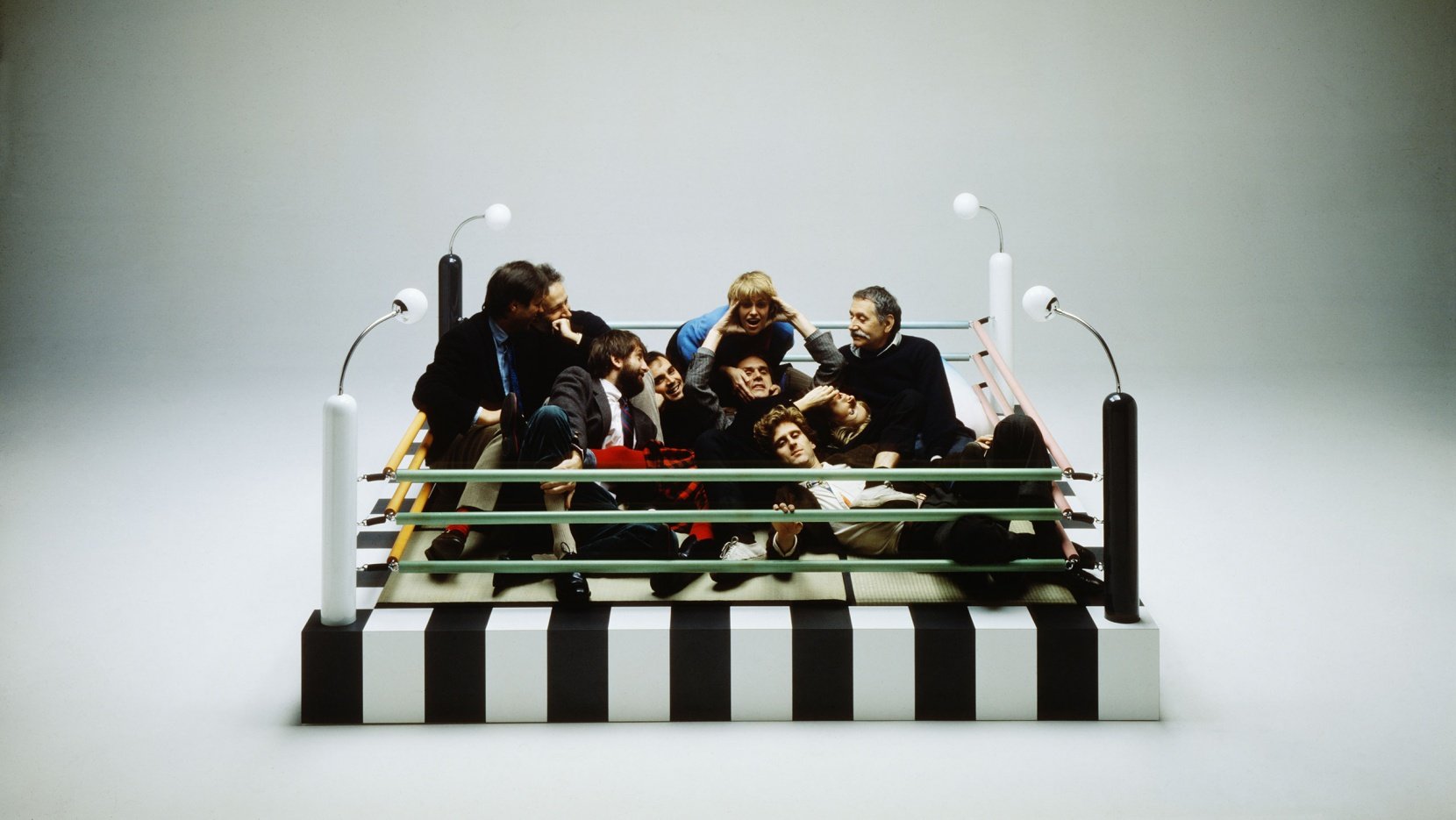
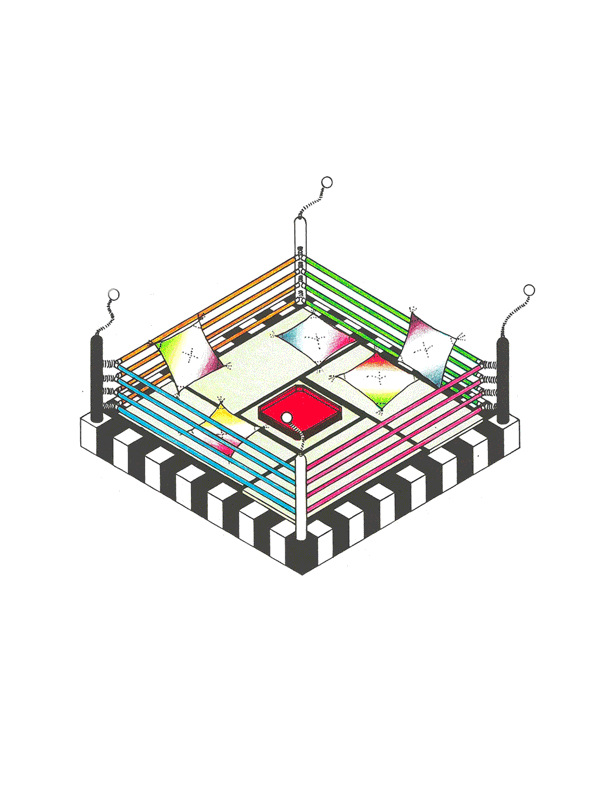
The brand was overseen by Alberto Bianchi Albrici, who purchased it in 1996 from Ernesto Gismondi, owner of Artemide, after ten years as managing director. The projects designed by the Memphis group between 1981 and 1988 are still produced today in unlimited series, in the belief that design should be understood as a means of communication and not as an expression of elitist art. As a cultural movement, Memphis continues to influence the imagination of the public, from fashion to the film and television industry. The liberating spirit of Memphis is still a source of inspiration for young designers today: reflections on the concept of design and furnishing, on their limits and aesthetic possibilities, on their social and communicative function and on the creative and productive aspect, as well as on the economic models underpinning them, are now more relevant than ever.
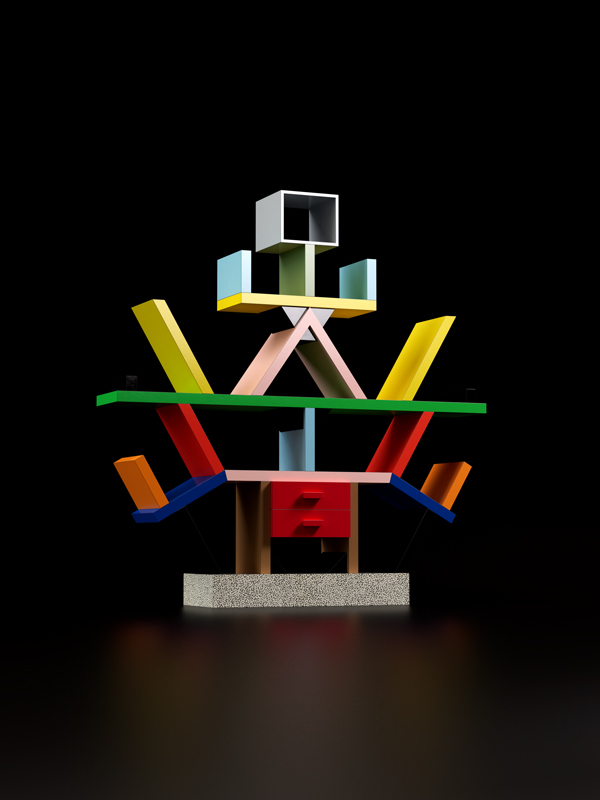
The totemic Carlton Room Divider is a Memphis icon. The piece calls into question conventional furniture forms by combining a space divider, bookcase, and chest of drawers. Intended for the higher end of the market and finely handcrafted, it is made of medium-density fibreboard (MDF) and cheap plastic laminate, a subversion of high and low. The vivid colours and seemingly random interplay of solids and voids suggest avant-garde painting and sculpture. Yet underlying the surface is an entirely logical structural system of real and implied equilateral triangles. While at first sight the slanted shelving seems counterintuitive, it accommodates books which often fall over in upright shelving. The divider is open to interpretation: it may be read variously as a robot greeting the user with open arms, a many-armed Hindu goddess, or even a triumphant man atop a constructed chaos of his own making. Carlton is also available in a perfect 1:4 scale miniature size.
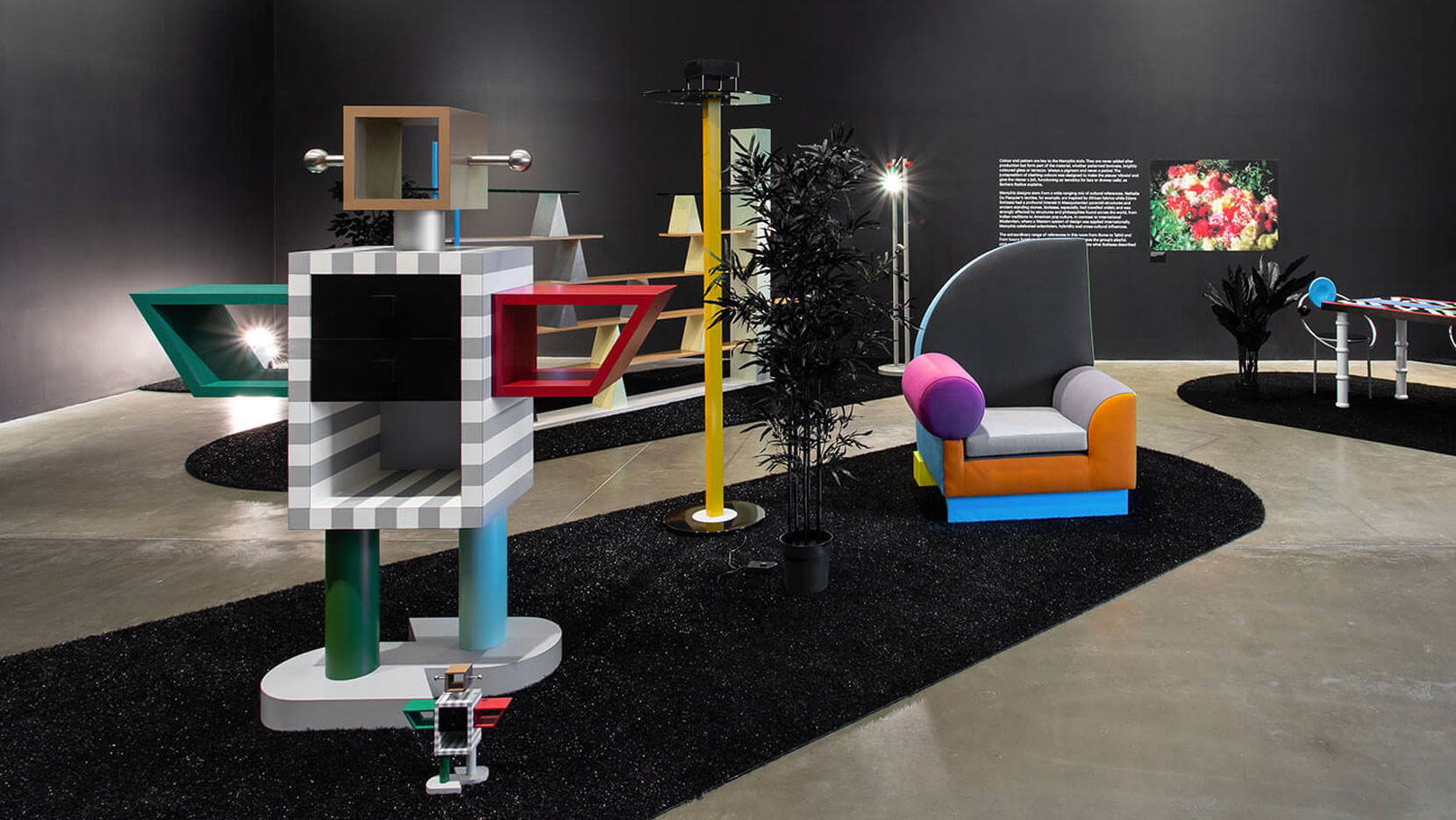
Masanori Umeda was one of three Japanese designers invited to design furniture for the radical Italian design group. In the 1980s he was part of the postmodernist group Memphis founded by Ettore Sottsas. His Ginza Wooden Robot storage cabinet antidesign was created in 1982 and represents a playful robot very much in the style of Memphis Milano. This design icon is also available in a 1:6 scale miniature size.

